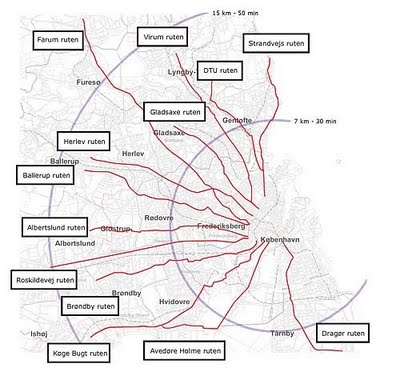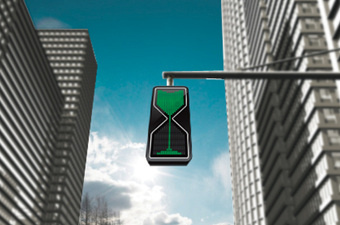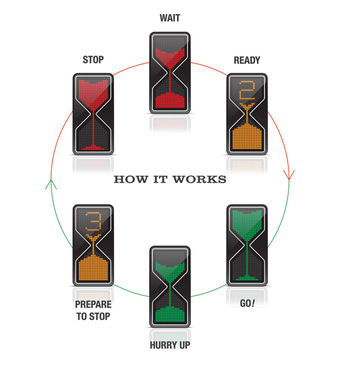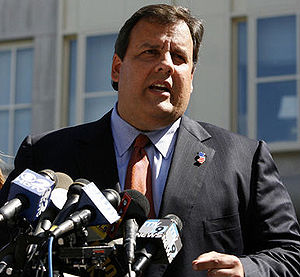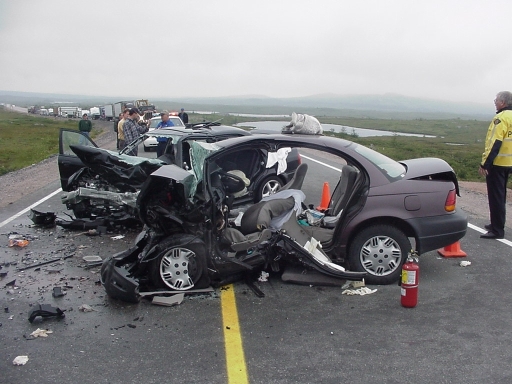Beefing Up For More Bikes – Copenhagen plans super highways … for bikes
(Source: AFP via Yahoo)
Copenhagen, one of the world’s most bicycle-friendly cities, has begun turning its extensive network of cycle paths into bike highways in an effort to push more commuters to leave their cars at home.
Considered one of Europe’s two “bicycle capitals” along with Amsterdam, Copenhagen counts more bicycles than people and cycling is so popular that its numerous bike paths can become congested.
Two-wheeler traffic jams are especially regular on the main Noerrebrogade thoroughfare used by around 36,000 cyclists a day.
- The currently jammed bike paths will be widened up to four metres (yards) on either side of the road, which will itself will be reserved for buses only.
- The goal is to hike the percentage of suburban commuters cycling to and from the city from the 37 percent it is today to over 50 percent by 2015.
- Within the city, 55 percent of all commuters already travel by bike, according to the municipality.
- Already Copenhagen stands out among other European capitals for its cycling infrastructure, counting more than 390 kilometres (242 miles) of bike paths.
- Between 2006 and 2010, it spent 250 million kroner (33.6 million euros) in bike infrastructure and an extra 75 million kroner were allotted for 2011.
- The first two city-to-suburb bicycle highways are due to open at the end of 2011 and reach a distance of 15 kilometres from central Copenhagen, while a third, going as far as 20 kilometres from the capital’s centre, will be put into service in 2012.
Click here to read the entire story.
Related articles
- Copenhagen plans bike superhighways (grist.org)
- Copenhagen to build superhighway for bikes (americablog.com)
- How Portland Is Planning to Become the First World-class Bike City in America (alternet.org)
- Transition and solutions – Nov 28 (energybulletin.net)
- 10 Cool Bike Stories (planetsave.com)
- Copenhagen to Residents: “You’re Safer On a Bike Than On a Sofa” (treehugger.com)
- The Bay Area Versus Amsterdam: Which Cycling Mecca Is Tops? (treehugger.com)
- Experiencing Copenhagen and Denmark on Two Wheels (denmark-travel.suite101.com)
- The Bay Area Versus Amsterdam: Which Cycling Mecca Is Tops? (treehugger.com)
- Should Sidewalks and Bike Paths Have a Designated Slowpoke Lane? (treehugger.com)
- Blog – Cyclists Pedal Faster On Wednesdays, Reveals Smart Bike Data (technologyreview.com)


